
Dorcol: The Historic Heart of Belgrade
Discover Dorcol in Belgrade: A blend of historic charm, vibrant culture, and dynamic nightlife in one of the city's oldest neighbourhoods.
Welcome to Dorcol, one of the oldest and most charming neighbourhoods in Belgrade. This historic area is nestled between Kalemegdan Park and the Danube River, offering a unique blend of old-world charm and modern vibrancy. As you wander through its narrow streets, you'll find a delightful mix of traditional Serbian architecture and contemporary cafes, making it a perfect spot for both history buffs and modern-day explorers. Dorcol is a cultural treasure trove. Start your journey at the iconic Kalemegdan Fortress, where you can explore ancient ruins and enjoy panoramic views of the river. Nearby, the Belgrade Zoo and Military Museum provide fascinating insights into the city's past and present. Don't miss the cobblestone streets of Upper Dorcol, where you'll find beautiful churches, quaint boutiques, and art galleries showcasing local talent. Food lovers will be in heaven in Dorcol. The neighbourhood is renowned for its diverse culinary scene, ranging from traditional Serbian eateries to trendy international restaurants. Be sure to visit the bustling Skadarlija area, often referred to as Belgrade's bohemian quarter, where you can enjoy live music and delicious local dishes. After dark, Dorcol transforms into a lively nightlife hub, with numerous bars and clubs offering everything from jazz to electronic music.
Local tips in Dorcol
- Wear comfortable shoes; the cobblestone streets can be uneven.
- Visit Kalemegdan Park early in the morning to avoid the crowds.
- Try the local rakija at one of the traditional Serbian restaurants.
- Check out the local art galleries for unique souvenirs.
- Be mindful of pickpockets in crowded areas, especially near popular tourist spots.
Dorcol: The Historic Heart of Belgrade
Welcome to Dorcol, one of the oldest and most charming neighbourhoods in Belgrade. This historic area is nestled between Kalemegdan Park and the Danube River, offering a unique blend of old-world charm and modern vibrancy. As you wander through its narrow streets, you'll find a delightful mix of traditional Serbian architecture and contemporary cafes, making it a perfect spot for both history buffs and modern-day explorers. Dorcol is a cultural treasure trove. Start your journey at the iconic Kalemegdan Fortress, where you can explore ancient ruins and enjoy panoramic views of the river. Nearby, the Belgrade Zoo and Military Museum provide fascinating insights into the city's past and present. Don't miss the cobblestone streets of Upper Dorcol, where you'll find beautiful churches, quaint boutiques, and art galleries showcasing local talent. Food lovers will be in heaven in Dorcol. The neighbourhood is renowned for its diverse culinary scene, ranging from traditional Serbian eateries to trendy international restaurants. Be sure to visit the bustling Skadarlija area, often referred to as Belgrade's bohemian quarter, where you can enjoy live music and delicious local dishes. After dark, Dorcol transforms into a lively nightlife hub, with numerous bars and clubs offering everything from jazz to electronic music.
Iconic landmarks you can’t miss
Dorćol Platz
Discover the vibrant cultural hub of Dorćol Platz in Belgrade, where art, food, and community come together in a lively atmosphere.
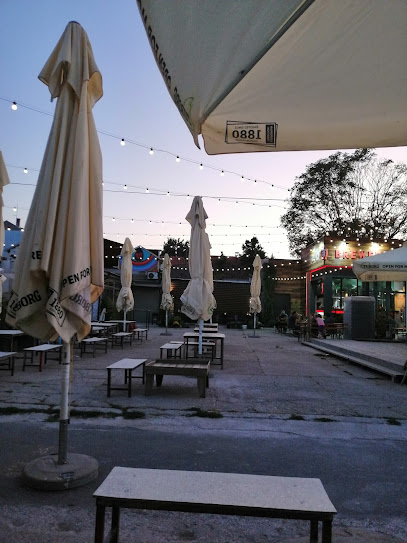
St. Alexandar Nevsky Serbian Orthodox Church
Explore the serene St. Alexandar Nevsky Serbian Orthodox Church, a stunning blend of architecture and spirituality in the heart of Belgrade.
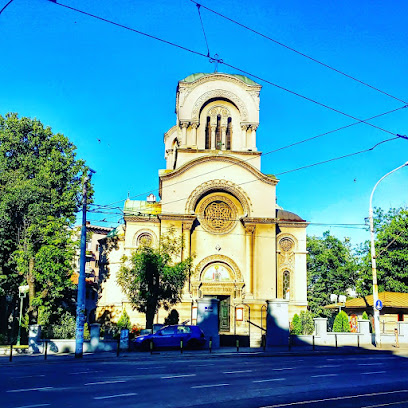
Čukur Fountain
Explore Čukur Fountain, a stunning sculpture in Belgrade's historic Stari Grad, offering a serene escape and a glimpse into the city's artistic heritage.
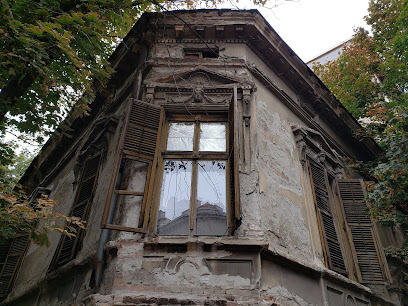
Monument to the Defenders of Belgrade
Explore the Monument to the Defenders of Belgrade, a historical landmark honoring bravery with stunning views over the Sava and Danube rivers.
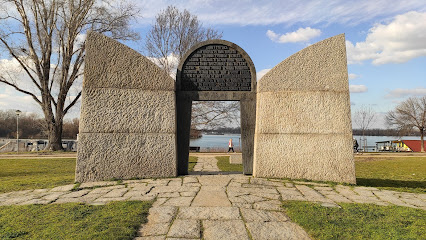
УГ Дорћол—Стара централа
Explore the historical charm of УГ Дорђол—Старa Централа, a must-see landmark in the heart of Belgrade, reflecting the city's rich cultural heritage.
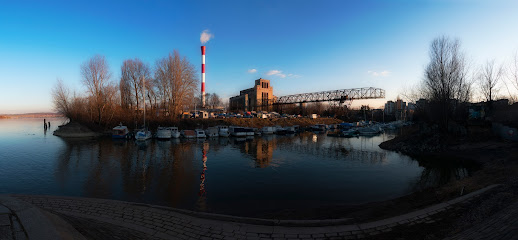
House at 10 Cara Dušana Street
Explore the architectural beauty and rich history of the House at 10 Cara Dušana Street in Belgrade, a must-visit landmark for history enthusiasts.

Angel of Death Monument
Explore the Angel of Death Monument in Belgrade, a poignant museum dedicated to remembering the sacrifices of the past, surrounded by serene gardens.
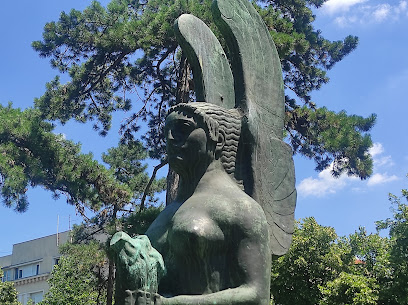
Kuća Stevana Mokranjca
Explore Kuća Stevana Mokranjca, a historical gem in Belgrade that celebrates the life and legacy of composer Stevan Mokranjac through music and culture.
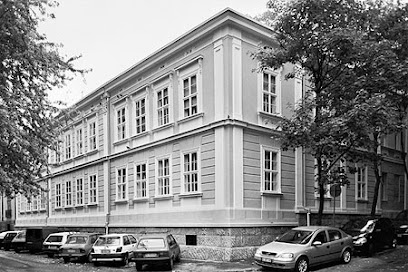
To ALL victims of nazi genocide
Explore the poignant memorial dedicated to the victims of Nazi genocide along Belgrade's beautiful Danube River, a site of remembrance and reflection.
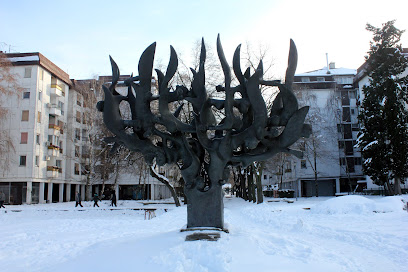
Dorcol
Explore the historical allure of Dorcol, a vibrant Belgrade neighborhood rich in culture, architecture, and culinary delights.
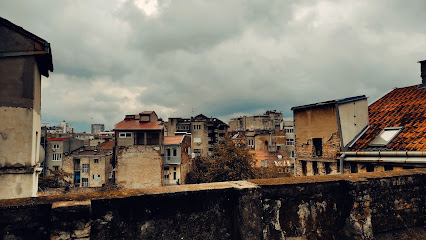
Unmissable attractions to see
Nikola Tesla Museum
Discover the innovative spirit of Nikola Tesla at the Nikola Tesla Museum, where science meets history in Belgrade's vibrant cultural scene.
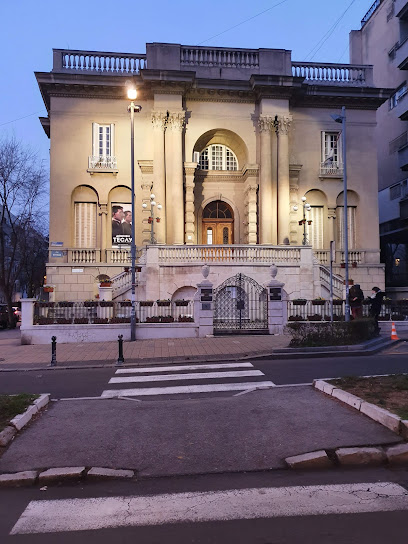
Đura Jakšić's House
Explore the artistic legacy of Serbia at Ćura Jakšić's House, a charming museum in the heart of Belgrade showcasing rich cultural heritage.
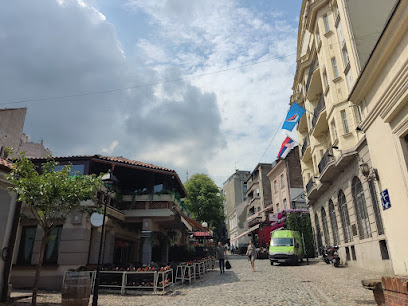
Monument to the Defenders of Belgrade
Explore the Monument to the Defenders of Belgrade, where history and valor intertwine in a beautiful tribute located in the heart of Serbia's capital.
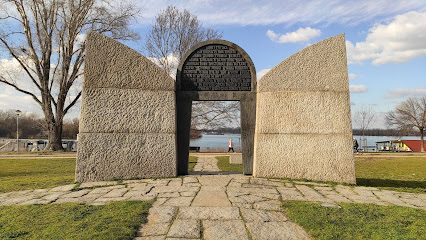
Belgrade Zoo Mosaic Wall
Explore Belgrade's vibrant artistic expression at the stunning Mosaic Wall of the Zoo, a captivating blend of creativity and nature in the city.
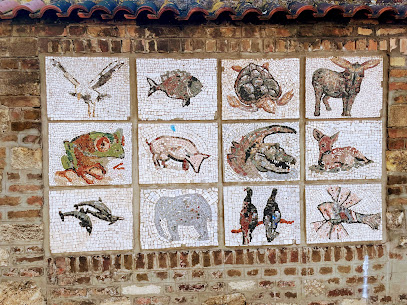
Great Ravelin
Explore Great Ravelin, a historical fortress in Belgrade offering stunning views, lush landscapes, and a glimpse into Serbia's rich past.
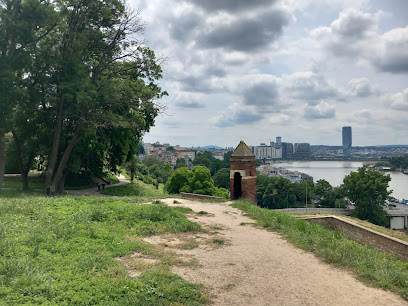
Essential places to dine
Smokvica
Experience the essence of Serbian cuisine at Smokvica - where tradition meets modern taste in the heart of Belgrade.
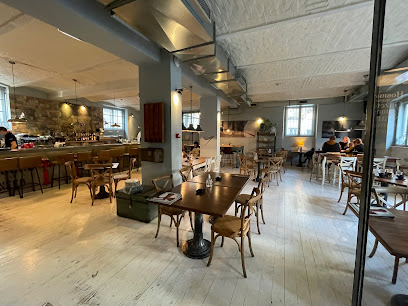
Casa Nova
Experience authentic Serbian flavors at Casa Nova, one of Belgrade's top restaurants renowned for its inviting ambiance and diverse menu options.
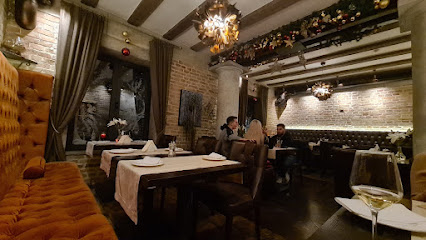
Sarajevski ćevap
Experience the rich flavors of Serbia at Sarajevski ćevap in Belgrade - home to delicious grilled meats and traditional dishes.
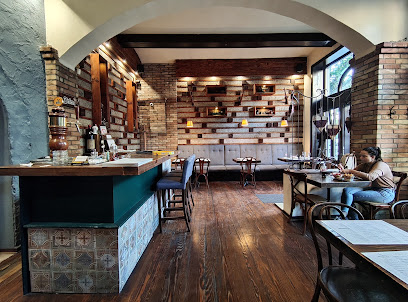
Restaurant Duomo
Experience authentic Italian cuisine at Restaurant Duomo in Belgrade - where every dish tells a story.
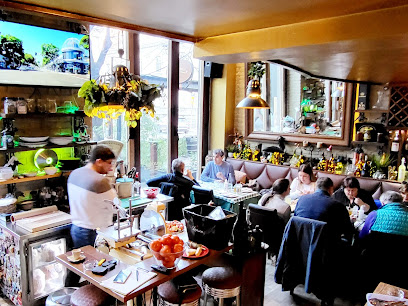
Dorian Gray
Experience the vibrant flavors and lively atmosphere at Dorian Gray in Belgrade—where culinary excellence meets nightlife excitement.
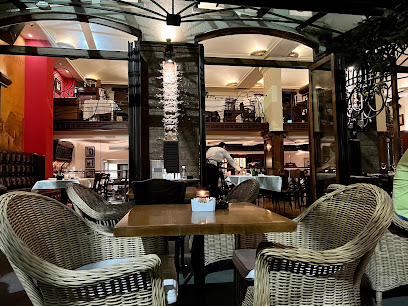
Restaurant Nachos
Experience authentic Tex Mex cuisine in Belgrade at Restaurant Nachos – where flavor meets fun in a vibrant setting.
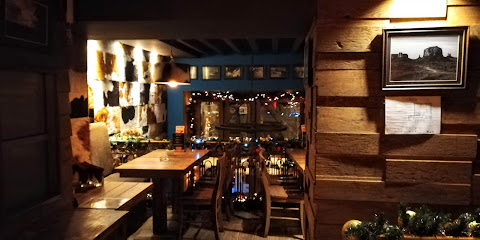
Trattoria Pepe
Experience authentic Italian cuisine at Trattoria Pepe in Belgrade's charming Old Town – where tradition meets contemporary dining.
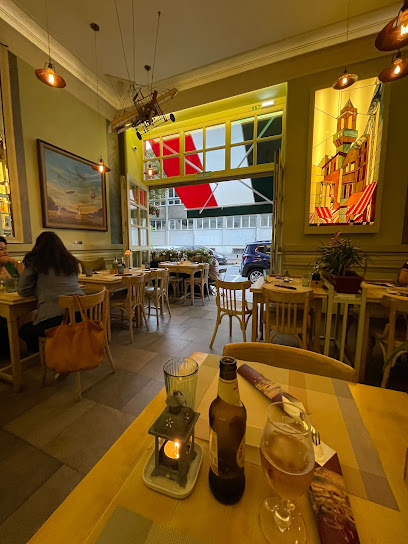
Donji grad
Experience authentic Serbian cuisine in Donji Grad, Belgrade's lively district filled with history and vibrant culture.
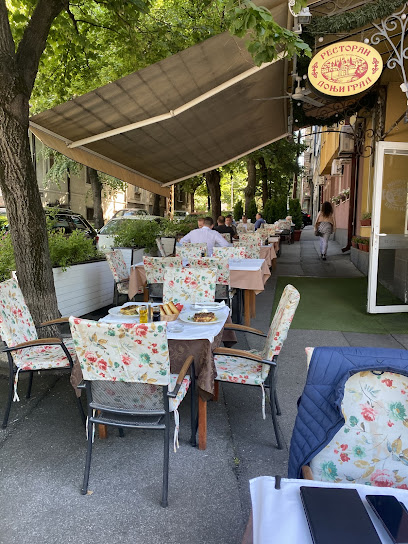
New Reset Restoran
Experience authentic Serbian cuisine with a modern twist at New Reset Restoran in the heart of Belgrade.
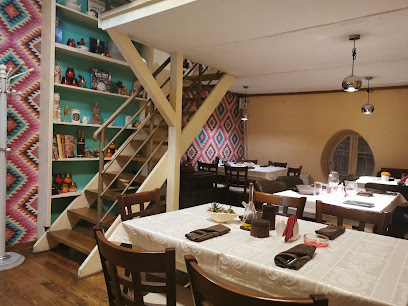
Restoran Alex
Experience authentic Serbian cuisine in the heart of Belgrade at Restoran Alex - where every meal tells a story.

Markets, malls and hidden boutiques
UŠĆE Shopping Center
Experience the ultimate shopping adventure at UŠĆE Shopping Center in Belgrade, where diverse shops and delightful dining await.
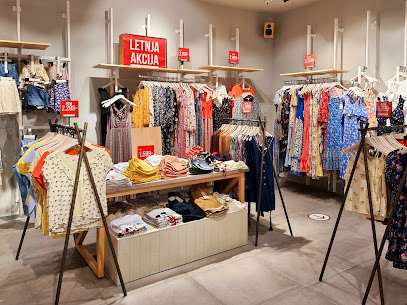
Rajićeva Shopping Center
Explore Rajićeva Shopping Center in Belgrade for a unique shopping experience with local flavor and international brands.

Vintage Beograd
Explore unique vintage treasures at Vintage Beograd, where past meets present in the heart of Belgrade's vibrant shopping scene.
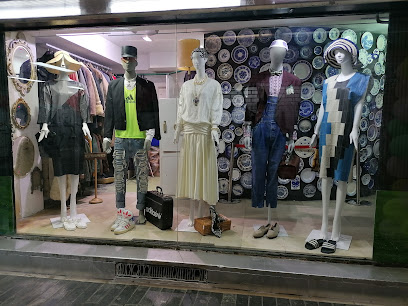
Jane Doe Vintage Shop
Explore a charming vintage clothing store and art cafe in Belgrade, offering unique fashion finds and a cozy atmosphere for art lovers.
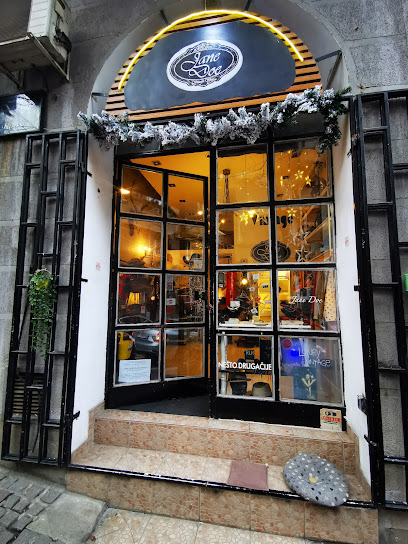
Šmizla Vintage & Design Store
Explore Šmizla Vintage & Design Store, Belgrade’s hidden gem for unique vintage clothing and eclectic design treasures.
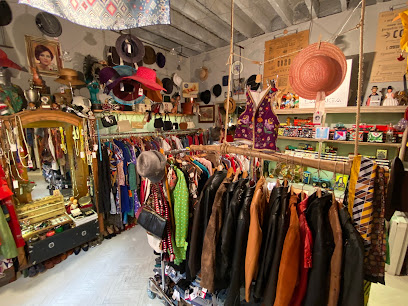
Hibi BG Shop
Discover authentic Serbian souvenirs at Hibi BG Shop in Belgrade - a unique destination for handcrafted treasures and local art.
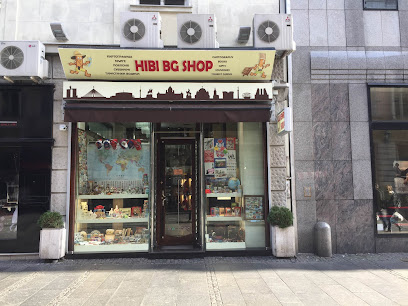
Partizan Spirit Shop
Explore the vibrant world of Partizan sports memorabilia in Belgrade, where passion meets history in every collectible.
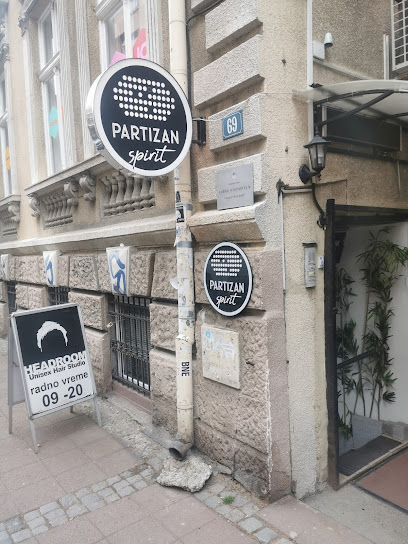
Pinklla Vintage Store
Explore Belgrade's vibrant fashion scene at Pinklla Vintage Store, where vintage clothing meets unique decor in a charming boutique setting.
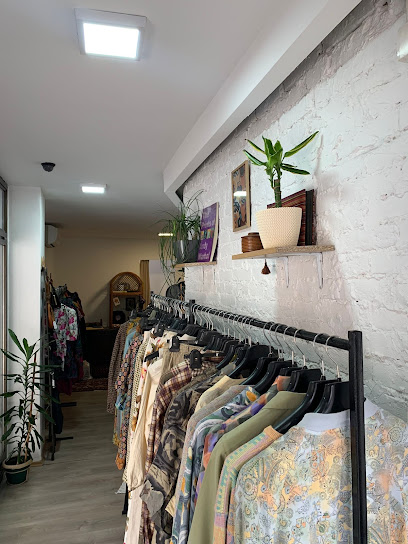
MiKaleidoskop Art & Gift Shop - Dorćol
Explore MiKaleidoskop Art & Gift Shop in Belgrade for unique handcrafted treasures and a glimpse into local artistry.

TRICIKL Gift Shop
Discover the charm of Serbian craftsmanship at TRICIKL Gift Shop, where unique souvenirs and handmade treasures await every traveler.
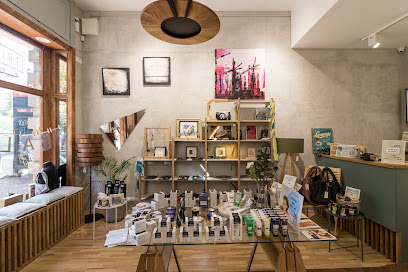
Essential bars & hidden hideouts
Funk & Soul Pub
Discover the vibrant nightlife of Belgrade at Funk & Soul Pub, where music and community blend seamlessly for an unforgettable experience.
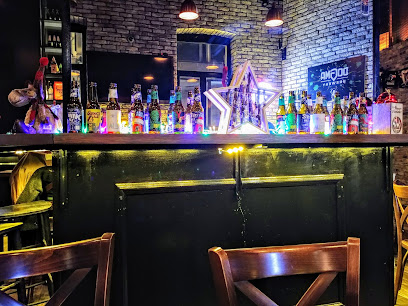
Passengers Bar
Discover the vibrant nightlife of Belgrade at Passengers Bar, where delicious food and drinks meet an inviting atmosphere.
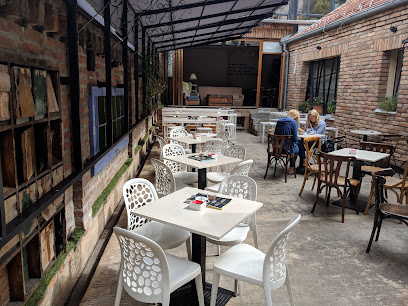
Ginger Bar
Experience the vibrant nightlife of Belgrade at Ginger Bar, where creative cocktails and a lively atmosphere await you.
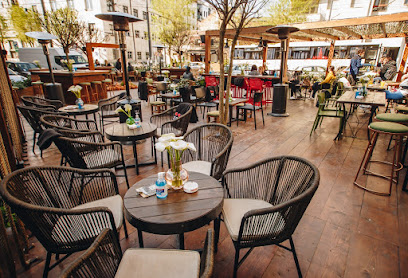
Fidel Dorćol
Discover the vibrant ambiance and craft beverages at Fidel Dorćol, a beloved brewpub in the heart of Belgrade, perfect for any time of day.
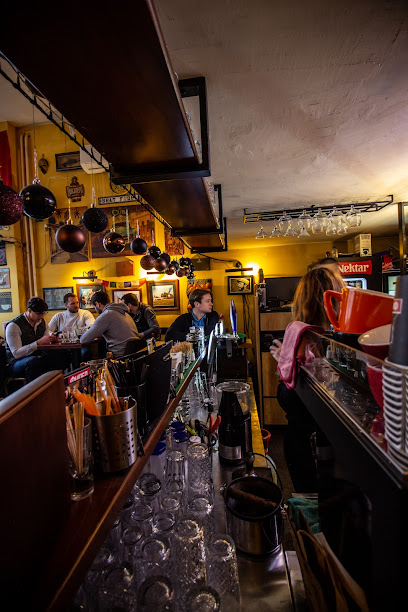
Krafter Beograd
Discover Krafter Beograd, where craft beers and a lively atmosphere meet in the heart of Belgrade's vibrant nightlife scene.
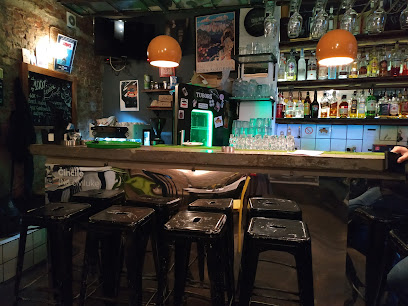
BeerWood
Discover the vibrant atmosphere and extensive beer selection at BeerWood, Belgrade's top pub for both locals and tourists.
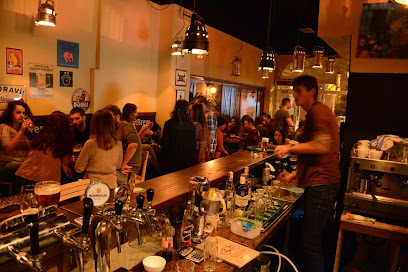
Bitters Bar
Experience the spirit of Belgrade at Bitters Bar, where innovative cocktails meet a warm and vibrant atmosphere.
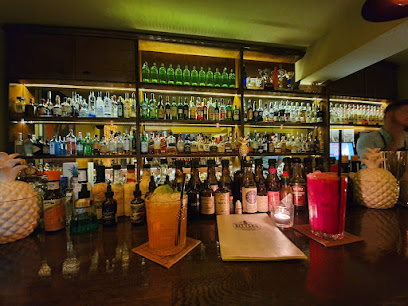
IDOL - tiki bar & chinese restaurant - BELGRADE
IDOL in Belgrade offers a vibrant tiki bar experience paired with authentic Chinese cuisine, perfect for a unique dining adventure.
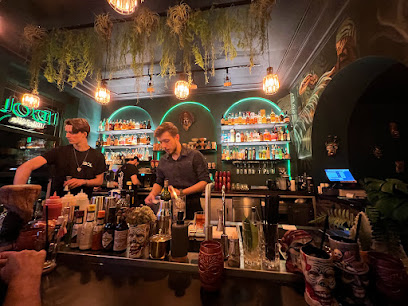
Dorcol Bar
Unwind at Dorcol Bar, a lively Belgrade hotspot offering a vibrant atmosphere, delicious drinks, and friendly service, perfect for all tourists.
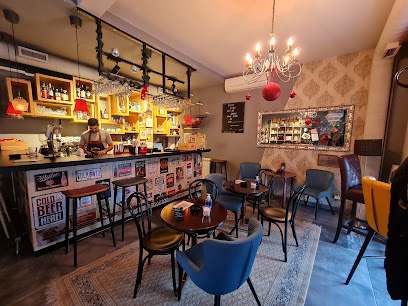
Hanky Panky Belgrade Cocktail Bar
Explore the vibrant cocktail scene at Hanky Panky Belgrade, where creativity meets flavor in every handcrafted drink.
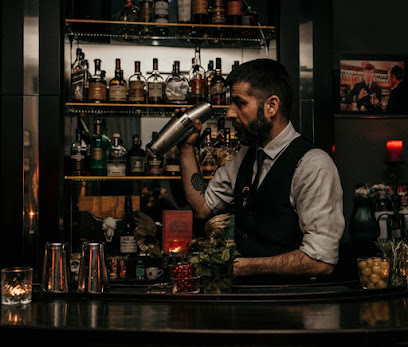
Local Phrases
-
- HelloЗдраво
[Zdravo] - GoodbyeДовиђења
[Doviđenja] - YesДа
[Da] - NoНе
[Ne] - Please/You're welcomeМолим/Нема на чему
[Molim/Nema na čemu] - Thank youХвала
[Hvala] - Excuse me/SorryИзвините
[Izvinite] - How are you?Како си?
[Kako si?] - Fine. And you?Добро. А ти?
[Dobro. A ti?] - Do you speak English?Да ли говорите енглески?
[Da li govorite engleski?] - I don't understandНе разумем
[Ne razumem]
- HelloЗдраво
-
- I'd like to see the menu, pleaseХтео/ла бих да видим мену, молим
[Hteo/la bih da vidim menu, molim] - I don't eat meatНе једем месо
[Ne jedem meso] - Cheers!Живели!
[Živeli!] - I would like to pay, pleaseЖелео/ла бих да платим, молим
[Želeo/la bih da platim, molim]
- I'd like to see the menu, pleaseХтео/ла бих да видим мену, молим
-
- Help!Упомоћ!
[Upomoć!] - Go away!Иди одавде!
[Idi odavde!] - Call the Police!Позвате полицију!
[Pozvate policiju!] - Call a doctor!Позвате лекара!
[Pozvate lekara!] - I'm lostИзгубио/ла сам се
[Izgubio/la sam se] - I'm illБолестан/на сам
[Bolestan/na sam]
- Help!Упомоћ!
-
- I'd like to buy...Хтео/ла бих да купим...
[Hteo/la bih da kupim...] - I'm just lookingСамо гледам
[Samo gledam] - How much is it?Колико кошта?
[Koliko košta?] - That's too expensiveПревише је скупо
[Previše je skupo] - Can you lower the price?Можете ли да спустите цену?
[Možete li da spustite cenu?]
- I'd like to buy...Хтео/ла бих да купим...
-
- What time is it?Колико је сати?
[Koliko je sati?] - It's one o'clockЈедан сат је
[Jedan sat je] - Half past (10)Пола (10)
[Pola (10)] - MorningЈутро
[Jutro] - AfternoonПоподне
[Popodne] - EveningВече
[Veče] - YesterdayЈуче
[Juče] - TodayДанас
[Danas] - TomorrowСутра
[Sutra] - 1Један
[Jedan] - 2Два
[Dva] - 3Три
[Tri] - 4Четири
[Četiri] - 5Пет
[Pet] - 6Шест
[Šest] - 7Седам
[Sedam] - 8Осам
[Osam] - 9Девет
[Devet] - 10Десет
[Deset]
- What time is it?Колико је сати?
-
- Where's a/the...?Где је...
[Gde je...] - What's the address?Која је адреса?
[Koja je adresa?] - Can you show me (on the map)?Можете ли ми показати (на мапи)?
[Možete li mi pokazati (na mapi)?] - When's the next (bus)?Кад је следећи (аутобус)?
[Kad je sledeći (autobus)?] - A ticket (to ....)Једну карту (за ....)
[Jednu kartu (za ....)]
- Where's a/the...?Где је...
History of Dorcol
-
Dorćol's history can be traced back to Roman times when it served as a vital trading post due to its location along the Sava River. The area developed significantly under Ottoman rule from the 15th century, becoming a melting pot of cultures, where diverse ethnic communities coexisted. The architecture from this period, including mosques and caravanserais, reflects the Ottoman influence that shaped the neighbourhood's character.
-
In the 18th century, as Belgrade transitioned from Ottoman to Habsburg control, Dorćol emerged as a hub of commerce and trade. This period marked the beginning of modern urban planning in Belgrade, with the establishment of streets that are still in use today. The construction of the first Belgrade city square, Trg republike, further solidified Dorćol's significance in the city's development.
-
The 19th century was a pivotal time for Dorćol as it became known for its vibrant cultural life. The neighbourhood attracted intellectuals, artists, and revolutionaries who played key roles in the Serbian National Movement. Cafés and cultural institutions thrived, making Dorćol a center for artistic and political discourse, which laid the groundwork for Serbia's modern identity.
-
During World War II, Dorćol suffered significant damage and loss, but the post-war period saw reconstruction and further urban development. The establishment of socialist ideologies led to new architecture and public spaces, yet the essence of Dorćol's rich cultural history remained intact, with many buildings from earlier periods preserved amid the new constructions.
-
In recent years, Dorćol has undergone a renaissance, attracting young professionals and artists. The area has seen a rise in trendy cafés, galleries, and cultural events, reflecting its historical role as a cultural hub. The balance between preserving its historical significance and embracing modernity continues to define Dorćol, making it one of Belgrade's most dynamic neighborhoods.
Dorcol Essentials
-
Dorcol is easily accessible from various parts of Belgrade. If you're coming from the city center, you can take tram lines 2, 3, or 5, which will drop you close to the neighborhood. Buses 23, 26, and 75 also service the area. For those arriving at Belgrade Nikola Tesla Airport, a taxi or a pre-arranged airport transfer is the most convenient option, taking approximately 30 minutes depending on traffic.
-
Dorcol is a compact neighborhood that is best explored on foot. However, if you prefer public transport, trams and buses can take you to different parts of Belgrade. The local bicycle-sharing system is another great way to navigate the area. Many popular sites are within a short cycling distance. Taxis are also available and are relatively inexpensive.
-
Dorcol is generally considered safe for tourists, but standard precautions should still be taken. Avoid walking alone at night in poorly lit areas, particularly around the outskirts of the neighborhood. Be cautious of pickpockets in crowded places like markets and public transport. Areas near the Danube River can be less secure at night, so it's advisable to stay alert.
-
In case of an emergency, dial 192 for police assistance, 194 for fire services, or 193 for medical emergencies. The nearest hospital is the Clinical Center of Serbia, located a short distance away. Ensure you have travel insurance that covers health emergencies. Pharmacies are widely available for minor health issues, and they generally operate on a 24-hour basis.
-
Fashion: Do dress modestly when visiting religious sites, and avoid overly revealing clothing. Religion: Do respect local customs; when entering churches, it is customary for women to cover their heads. Public Transport: Do be courteous to elderly passengers and offer your seat. Don’t eat or drink on public transport. Greetings: Do greet with a handshake and maintain eye contact. Eating & Drinking: Do try local dishes and accept food offerings graciously. Don’t refuse hospitality, as it may be seen as rude.
-
To experience Dorcol like a local, visit the famous Knez Mihailova Street for shopping and dining. Check out the local markets for fresh produce and artisanal goods. Engage with locals at cafes, where friendly conversations often happen. Don't miss the historic sites such as the Jewish Museum and the remains of the Belgrade Fortress, which offer great insights into the area's rich history. A stroll along the Danube promenade is also highly recommended.









